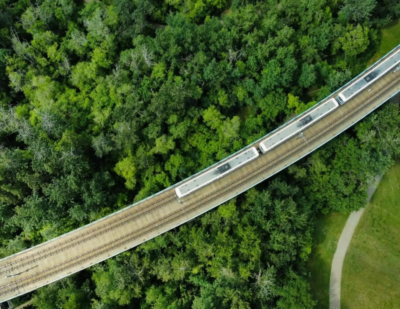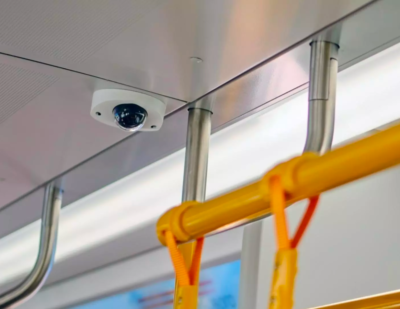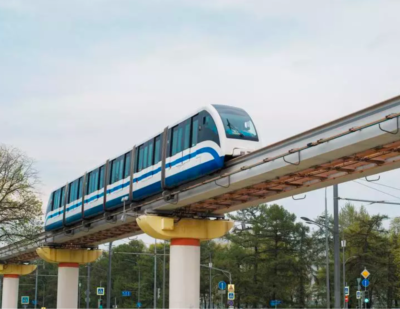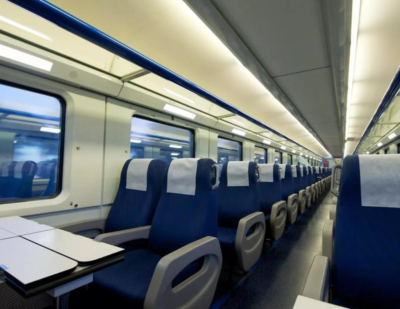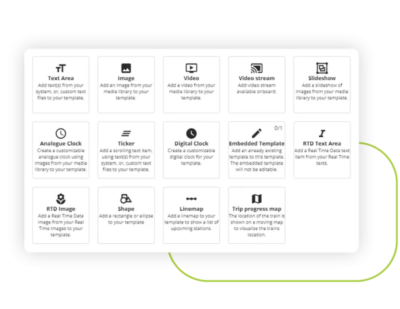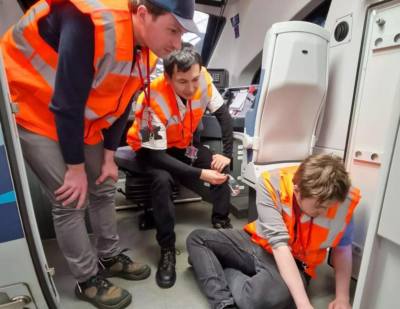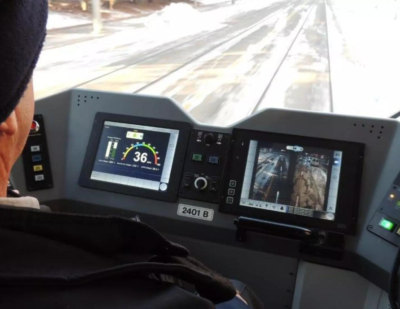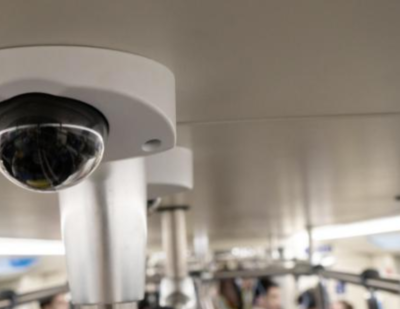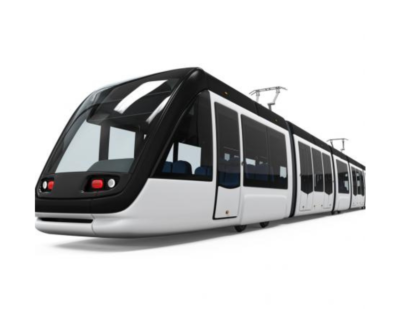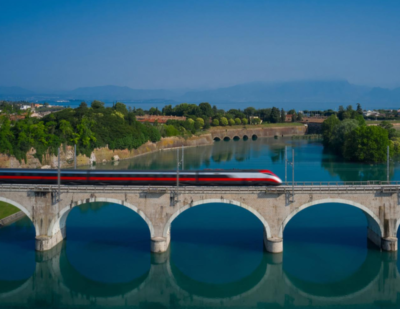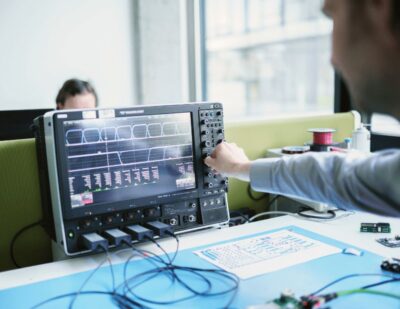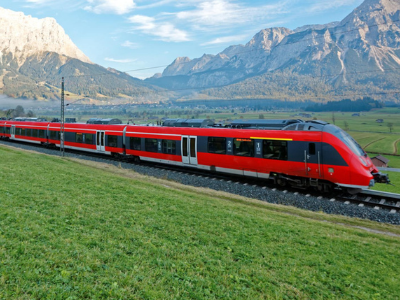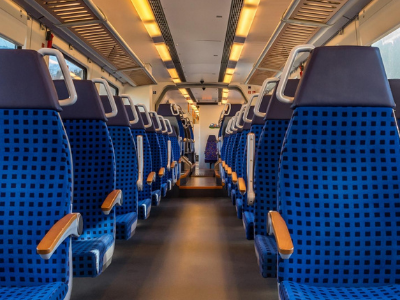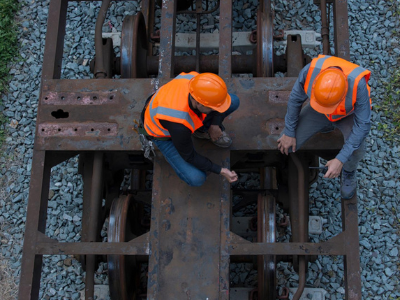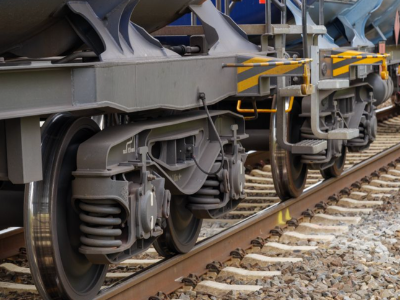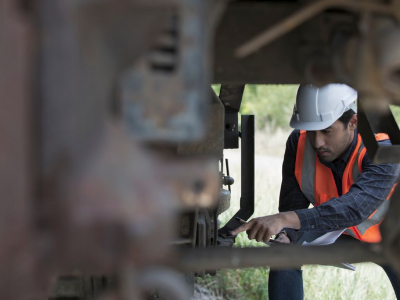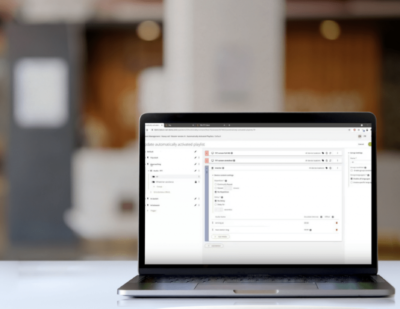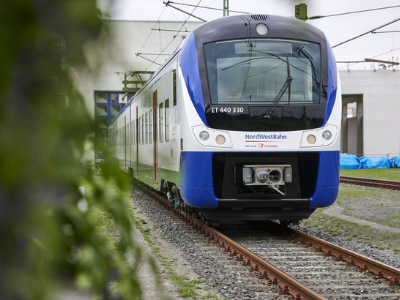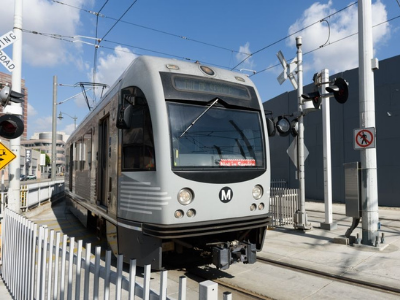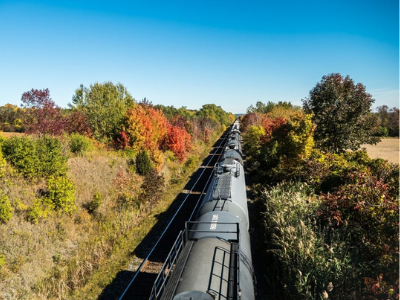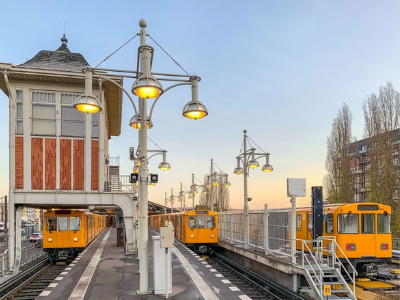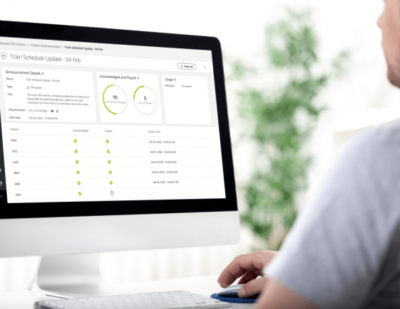Increased asset availability, reduced maintenance costs, improved reliability, faster problem diagnosis.
The benefits of condition-based maintenance (CBM) have inspired train and railway operators around the globe to take action. For them, there’s no way back. But in case you’re still on the fence, here’s another argument: a new machine learning approach maximizes your visibility with minimal human intervention.

All Eyes on Safety and Reliability
Rail is arguably the most sustainable type of motorized public transportation. It can truly transport us to a greener future. But as promising as this may sound, you probably know better than anyone else that the public has a very low tolerance level for interruptions.
Every track or train failure is a blow to your reputation. The best way to avoid such situations? Prioritizing safety and reliability. And that’s where condition-based maintenance can make a difference.
Uncovering Failure before It Happens
Condition-based maintenance is all about monitoring the real-time condition of assets. The goal: to uncover failure before it happens. This allows you to only carry out maintenance when needed, thus avoiding unnecessary downtime and costs related to over- or under-maintenance.
The threshold to adopt this approach is much lower than it used to be. Monitoring sensors cost less, the technology to collect data has become more efficient, and you can now easily store data offline. But there’s more …
Passive Is the New Active
The latest game-changer in condition-based maintenance is machine learning.
“Before, you needed to know exactly what could possibly go wrong with your assets and how to actively look for it. Thanks to unsupervised learning algorithms, that is no longer the case, as these largely rely on datasets that are continuously collected through our data acquisition platform COSAMIRA. The algorithms will learn from it and make relevant conclusions when anomalies are detected. The continuous acquisition of data makes the algorithm smarter over time, with minimal human intervention to correct errors.”
Embracing Industry 4.0
“Turning physical models into data-driven models means you need less expertise to discover more. Suppose you put a new train on an unknown railway network. You have no experience to rely on, no track knowledge. In short, there are lots of blind spots. Well, an approach based on fast and continuous data sampling will immediately shed light on typical behaviour in varying contexts. You’ll immediately see when things are right or wrong without the need to know all the characteristics of your train.”
For Well-Maintained and Safe Tracks
The new type of data-driven monitoring also benefits railway operators.
“For example, if all trains show issues at a certain turn, switch, or other part of the track, this indicates a track anomaly. However, if only one train shows anomalous behavior, the issue is probably the train itself. Instant maintenance can then avoid further damage to both the malfunctioning train and the track it rides on. And safety is at stake as well. If a rainstorm leads to an unstable track, trains might start to shake. Monitoring sensors can signal such a dangerous situation and allow you to take action immediately – thus avoiding interruptions to rail traffic.”
This article was originally published by Televic GSP.


